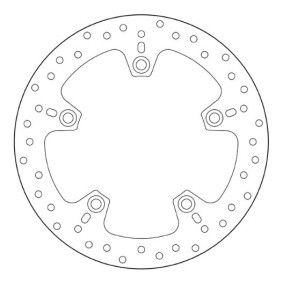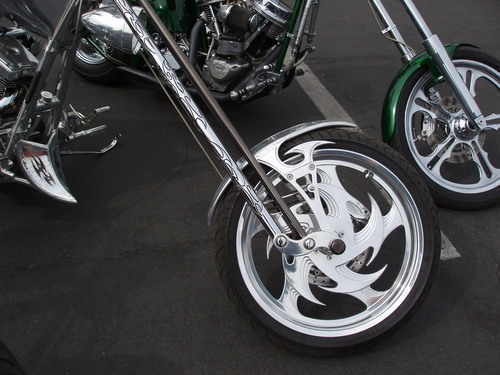Understanding Brake Discs for Motorcycles and Cars: A Comparative Guide
Posted on
When it comes to the safety and performance of vehicles, brake discs play a pivotal role. Understanding the nuances of brake discs for motorcycles and cars is crucial, particularly for those passionate about their vehicles. This article delves into the differences in size, thickness, design, and materials of brake discs, offering insights for both motorcycle and car enthusiasts.
Size Matters
One of the most noticeable differences between motorcycle and car brake discs is their size. Generally, car brake discs are larger due to the heavier weight and higher speeds cars typically handle. A larger disc provides a greater surface area for heat dissipation, which is vital for maintaining braking efficiency. In contrast, brake discs for motorcycles are smaller, as motorcycles are lighter and require less force to slow down. However, their size is still significant enough to ensure effective braking.
Thickness and Design
Thickness and design of brake discs vary significantly between motorcycles and cars. Car brake discs are usually thicker, designed to withstand the higher levels of heat and wear generated by the heavier vehicle mass. They often feature vented designs, with channels or holes to improve heat dissipation. Motorcycle brake discs, while thinner, are designed for agility and responsive braking. They may have a floating design, where the disc is not rigidly fixed to the hub, allowing for thermal expansion without warping.
Material Differences
The materials used in brake discs are crucial for their performance and longevity. Common materials include cast iron, which is widely used for its durability and heat absorption capabilities. High-performance cars and motorcycles may use carbon-ceramic discs, offering superior heat resistance and lighter weight but at a higher cost. For those interested in upgrading or replacing their motorcycle's brake discs, exploring options like brake discs for motorcycles can provide a range of materials suited to different riding styles and requirements.
Among the array of brake discs available, the brake disc Brembo Oro Fixed Disc 68B407C0 stands out with its specific design catering to rear-fitting positions in motorcycles. Boasting a diameter of 265mm, a thickness of 5mm, and an inner diameter of 136.5mm, this disc provides a balanced combination of size and agility. Featuring a 5-bolt mounting system with a 160mm mounting points diameter and a bore Ø of 10.5mm, the Oro Fixed Disc by BREMBO ensures efficient braking performance. Its construction aligns with the needs of motorcycles, offering responsive braking while managing heat dissipation effectively. Designed specifically for rear positions, its characteristics cater to the nuanced requirements of motorcycles, ensuring a responsive and dependable braking system for riders seeking enhanced performance and reliability. 
Current Trends and Expert Opinions
In recent years, there has been a significant shift towards environmentally friendly and sustainable materials in the automotive industry, including the manufacturing of brake discs. Experts suggest that future developments in brake disc technology may focus on reducing environmental impact without compromising performance.
In the UK, with its diverse climate and road conditions, the choice of brake disc material and design is particularly important. British riders and drivers need to consider factors like wet weather performance and corrosion resistance when selecting brake discs.
Conclusion
In conclusion, while both motorcycle and car brake discs serve the same fundamental purpose of ensuring safe braking, their differences in size, thickness, design, and materials reflect the unique demands of each vehicle. Understanding these differences is key for enthusiasts and professionals alike, ensuring optimal choice and maintenance of these crucial components. Whether cruising on Britain's historic roads or navigating its bustling cities, the right brake discs contribute significantly to a safe and enjoyable journey. 
article supplied




Add a comment: